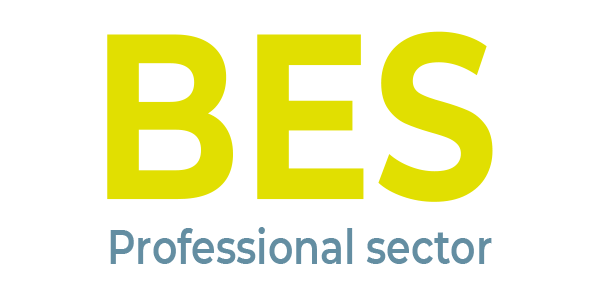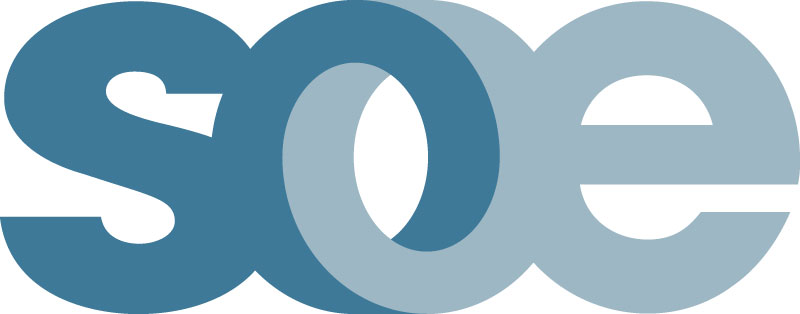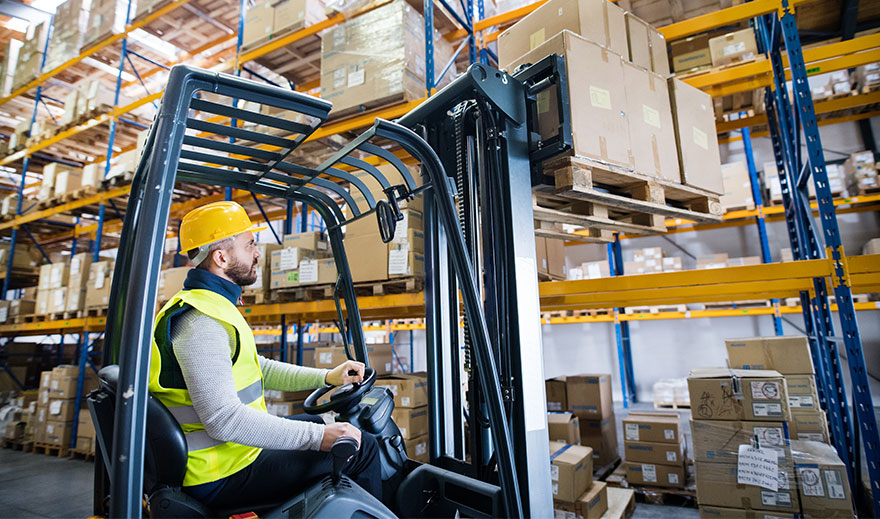Aerial Lift Inspection
Welcome to AV Statutory Inspections, your trusted partner for ensuring the safety and compliance of your aerial lifts. Our Aerial Lift Inspection Service ensures that your equipment meets the highest safety standards, following the Lifting Operations and Lifting Equipment Regulations 1998 (LOLER), Provision and Use of Work Equipment Regulations 1998 (PUWER), and the Work at Height Regulations 2005. Compliance with these laws is essential not only for maintaining a safe working environment but also for ensuring the operational efficiency of your aerial lifts.
Aerial lifts are a vital subset of MEWPs, which are widely used across industries like construction, maintenance, and warehousing. These machines allow workers to safely perform tasks at height. Regular inspections are crucial to prevent accidents and protect both operators and those in the surrounding area. At AV Statutory Inspections, we are committed to keeping your aerial lifts in prime condition, ensuring they comply with all regulatory requirements.

Aerial Lift Testing Service
What is an Aerial Lift Inspection?
An aerial lift inspection is a comprehensive evaluation of the equipment’s mechanical components, structural integrity, and safety features to identify potential hazards that could compromise safety. Regular inspections are necessary to comply with LOLER, PUWER, and the Work at Height Regulations, ensuring the safety of operators and others nearby. These inspections help mitigate the risks associated with working at height, reducing the likelihood of accidents and maintaining operational safety.
Types of Aerial Lifts:
- Boom Lifts
- Boom lifts, including telescopic and articulated variants, offer flexibility with their extendable arms. These machines are used for tasks that require workers to reach high, hard-to-access areas. Articulated boom lifts can navigate around obstacles due to their jointed arms, while telescopic boom lifts provide more direct, linear elevation.
- Scissor Lifts
- Scissor lifts are MEWPs designed for vertical lifting. Unlike boom lifts, they do not extend outwards and are ideal for tasks requiring straight, vertical elevation. They are commonly used for indoor maintenance and installation work, where stability and a larger work platform are necessary.
- Cherry Pickers
- Cherry pickers, a type of boom lift, are frequently used in tasks like tree pruning, maintenance of streetlights, and outdoor painting. They have a hydraulic arm that allows workers to elevate and position themselves safely at varying heights and angles.
- Personnel Lifts
- Personnel lifts are compact, single-worker platforms that are lightweight and easy to transport. These lifts are ideal for quick jobs like changing lights or performing minor repairs at height. While smaller than other aerial lifts, they still require routine inspection to ensure safe operation.
- Spider Lifts
- Spider lifts are lightweight, versatile lifts with multi-terrain capability. Their legs, or “spider-like” stabilisers, provide support on uneven surfaces, making them suitable for both indoor and outdoor work. They are frequently used in situations that require accessing areas with limited ground space.
Why is Aerial Lift Inspection Crucial?
Adhering to LOLER, PUWER, and Work at Height Regulations is essential for workplace safety and compliance. Aerial lifts, while indispensable in height-related tasks, pose serious risks if not properly maintained. Regular inspections help identify issues such as mechanical failure, falls, entanglement, and collisions. By conducting thorough and routine inspections, you can prevent accidents, safeguard personnel, and ensure your aerial lifts operate efficiently and safely.
Potential Hazards
- Mechanical Failure: Poorly maintained equipment can lead to mechanical breakdowns, endangering operators and others.
- Falls from Height: Without proper safety measures, operators may fall from the lift, posing serious risks.
- Entanglement: Operators risk getting trapped between the lift and other structures, especially in confined spaces.
- Collisions: The aerial lift could collide with nearby structures, equipment, or overhead hazards.
- Tip-Over: Unstable ground conditions or improper operation can cause the lift to tip over.
Regular inspections help to identify and mitigate these hazards, ensuring a safer working environment.
What is Included in an Aerial Lift Inspection?
Our aerial lift inspection service includes a thorough evaluation of critical areas to ensure the safety, reliability, and efficiency of your equipment.
Visual Checks
Visual checks are a key component of any aerial lift maintenance routine. These checks involve inspecting the lift for any signs of wear, damage, or malfunction. Early identification of these issues prevents larger, costlier problems down the line.
Regular Inspections
In addition to daily visual checks, scheduled inspections provide a more detailed analysis of the lift’s condition. Our trained professionals conduct in-depth inspections of the lift’s mechanical systems, structural integrity, and safety features, ensuring that all components are functioning properly. Regular inspections are crucial for preventing breakdowns and extending the lift’s operational lifespan.
Servicing
Routine maintenance is essential to keep the aerial lift in optimal working condition. Our team follows the manufacturer’s recommended service schedules, which include checks on hydraulic systems, electrical components, and safety devices. This preventive maintenance helps to avoid costly repairs and ensures that the lift is always in peak condition.
Thorough Examination
Every six months, a thorough examination of the aerial lift is conducted by a certified inspector. This assessment covers everything from structural integrity to safety mechanisms, ensuring compliance with safety regulations. Inspectors check for wear and damage, test mechanical systems, and verify that the lift meets all legal and safety requirements.
Inspection Focus Areas
Our inspection focuses on key aspects of aerial lift safety, including:
- Mechanical Systems: Inspection of hydraulic, electrical, and mechanical systems for proper functionality and freedom from defects.
- Structural Integrity: Evaluation for signs of wear, damage, or corrosion that could impact safety.
- Safety Features: We ensure that guardrails, toe boards, and harness anchor points are secure and functioning correctly.
- Ground Conditions: Inspectors assess the ground stability and environmental factors that could impact the lift’s safe operation.
- Load Capacity: Verifying that the aerial lift is operating within its safe working load capacity, preventing undue stress and reducing the risk of accidents.
Professional Aerial Lift Inspection
At AV Statutory Inspections, we make working with us simple and efficient. Our streamlined three-step process ensures your aerial lifts are safe, compliant, and operational. From initial contact to certification, we handle every detail, providing expert inspections that meet all relevant regulations, ensuring a hassle-free experience for you.
Contact Us
Reach out via phone, email, or our online form to discuss your aerial lift inspection needs. Our team will arrange a convenient inspection time and handle all the details, ensuring a smooth start. Whether for a single inspection or ongoing support, we are ready to assist.
Inspection
Our certified engineers will visit your site to conduct a detailed inspection, adhering to LOLER and PUWER regulations. We assess mechanical systems, structural integrity, and safety features, providing a comprehensive evaluation to ensure your equipment is safe and compliant.
Certification
After the inspection, you’ll receive a certification confirming your aerial lift meets all safety regulations. This document provides legal assurance and peace of mind, knowing your equipment is safe for operation. We’ll keep records for easy future scheduling, ensuring ongoing compliance.
Aerial Lift Maintenance
Proper maintenance is essential to ensuring the safety and reliability of your aerial lifts. We can help develop a maintenance program tailored to your operations, including:
- Daily Visual Checks: Operators should perform daily inspections to identify any potential safety issues before using the lift.
- Scheduled Inspections: Regularly scheduled inspections ensure that all lift components remain in optimal working order.
- Timely Servicing: Following manufacturer guidelines for servicing ensures that the lift operates safely and prevents major repairs or breakdowns.
- Clear Communication: Encourage operators to report any defects immediately, fostering a safety-conscious culture in the workplace.
By implementing a robust maintenance plan, you can extend the life of your aerial lifts, reduce repair costs, and ensure the safety of your workforce. Regular maintenance not only minimises downtime but also helps prevent accidents, keeping your operations running smoothly and efficiently.
















